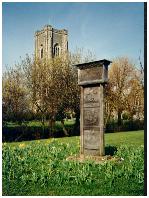 |
|
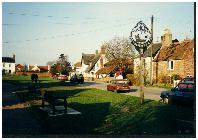 |
Most have been recently restored as Lavenham has gone from extreme neglect and poverty in the early part of the twentieth century to a shining tourist mecca at present. |
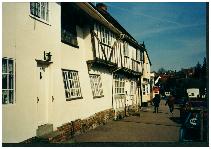 |
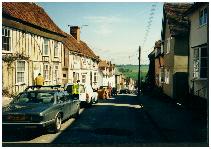 |
|
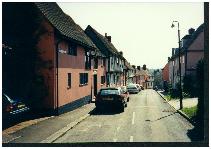 |
| from the central square perched at the top, one side of which is occupied by the old guildhall. |
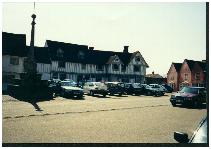 |
|
|
|
|
|
|
|
|
|
|
On an adjoining hill sits the Parish
Church of Sts. Peter and Paul, quite a grand structure built in the years
around 1500, largely in celebration of Henry VII's victory over Richard
III at Bosworth (1485), and the prominent part that local hero John de
Vere, Earl of Oxford, played in the battle.
|
|
|
|
|
|
|
|
|
|
|
|
|
|